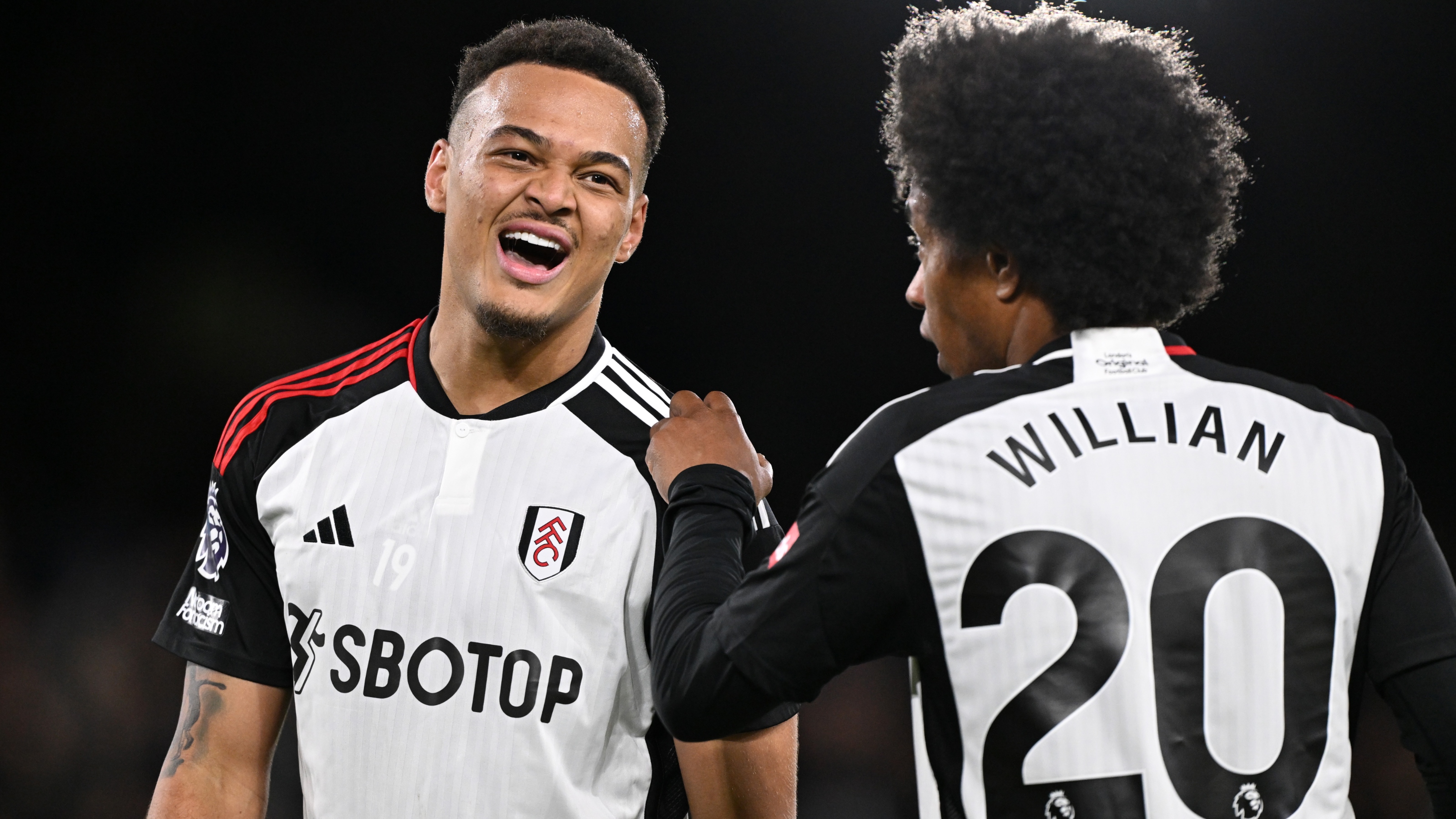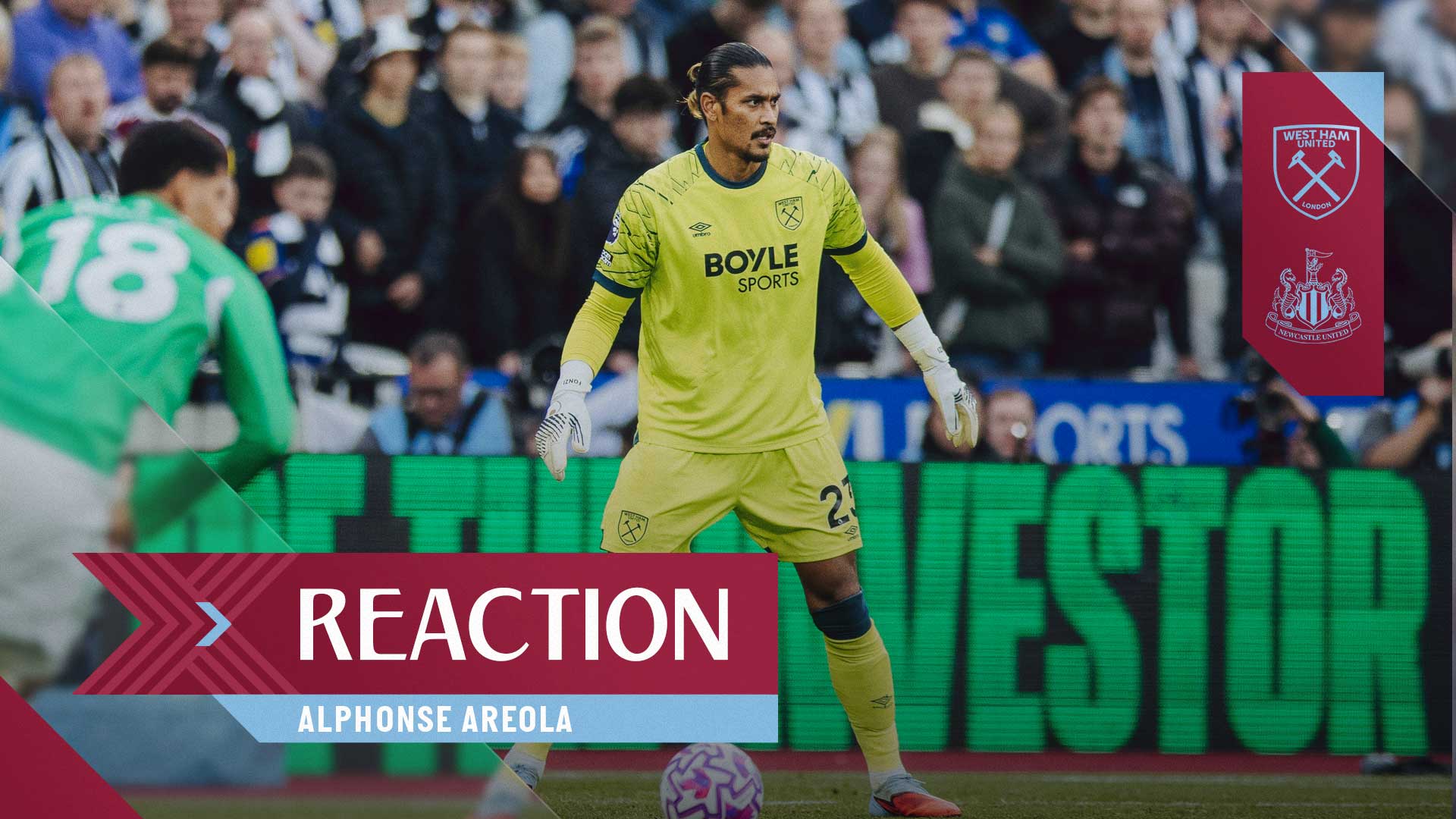Formed by Hammers supporters Jack Elderton and Callum Goodall to offer their fellow fans in-depth but accessible analysis of their team and its players, Analytics United use performance analysis and data to examine how West Ham United can get the better of Marco Silva’s Fulham this afternoon...
The big question for Fulham this season was over whether they could adapt and perform without their talismanic Serbian striker Aleksandar Mitrović. Prior to this season, ‘Mitro’ had scored over a quarter of the club’s league goals in almost every season since 2018 and there were real concerns for Fulham when they lost him to Saudi side Al-Hilal in the summer. But Marco Silva’s team have coped really well without him and have comfortably avoided any relegation battle by sharing the goals around the squad, with 16 different players getting on the scoresheet in the league. With the recent emergence of Rordrigo Muniz, now on eight for the season, they may just have uncovered the perfect long-term solution.

Muniz is a good entry point for discussing Fulham at the moment as the Brazilian striker has been on fire of late, scoring four goals in March and leading the line brilliantly for Silva’s side. One thing that Muniz has been able to add that Fulham didn’t get quite as much of with Mitrović is the ability to drop-in and link play at a higher level – he might have just the one assist this season, but he regularly lays on shooting opportunities for teammates as his 1.21 key passes per 90 prove.
The 22-year-old is the focal point of a fluid attacking system that uses wide triangles and rotations to jumble opposing defensive shapes and create space. When Fulham ran out 5-0 winners in the reverse fixture at Craven Cottage, the third goal provided a good example of some of these rotations. Tosin Adarabioyo managed to nick the ball in midfield and as Willian chopped inside from the left, Antonee Robinson and Tom Cairney advanced beyond him which forced Tomáš Souček and Vladimír Coufal back into more passive positions. This then opened the space for Alex Iwobi, abandoning the right flank, to receive a square pass across the top of the box and shoot. Whilst Łukasz Fabiański was able to save that effort, Willian finally converted when Andreas Pereira fired the rebound back across the box.

In fact, this goal highlighted a couple of key elements to Fulham’s attacking play and the first of these is the importance of the full-backs. Both Robinson and Timothy Castagne push forward as often as possible to take up advanced positions when Fulham have settled possession, whilst João Palhinha drops close to the centre-backs to provide the necessary cover in the event of a turnover (it’s no wonder the Portuguese has racked up the most bookings in the league this season with 12). This use of the full-backs allows the wingers to come inside and perform rotations with the two eights – often Cairney and Pereira – which can create confusion for defending players over who to go with. If the defending team becomes too passive as a result of this uncertainty, players like Pereira can be left with too much time to show their on-ball qualities.
Pereira is the next clear player to focus on as the ex-Manchester United midfielder is the conduit through which most positive things run through. The Brazilian has eight assists this season and has played more key passes per 90 than any other Fulham player (3.14). Of the group of central midfielders at Silva’s disposal, he is clearly the most creative with Cairney often focused on helping the side to progress through deeper build-up.
Silva protects his side against counter-attacks by asking the far-side full-back to come inside and sit narrower when they arrive in the final third. This stops easier routes to counter through the heart of Fulham’s defence and, if the player in question is Robinson, then the American is often able to race back and help defend any more direct balls that travel straight over the top of the defence. Still, there are some frailties in the wide areas post-turnover and, although Fulham tend to defend in a classic 4-4-2, there can be exploitable space either side of Palhinha when his partner commits to a higher position in the press against opposition systems utilising a double-pivot.
These jumps from midfield can reform Fulham’s shape into something of a 4-1-3-2 and this, in combination, with the available room on the flanks on counters makes the wingers’ roles hugely important for any team looking to find and exploit Fulham’s weaknesses. When Nottingham Forest took the lead in their 3-1 win over Fulham recently, it was a quick free-kick that found Morgan Gibbs-White in a 1v1 with Palhinha (Saša Lukić had committed to a higher position as described) before Gibbs-White played the ball in behind Kenny Tete where Callum Hudson-Odoi was able to cut inside and fire home. These are exactly the attacking patterns that can undo Fulham’s transition to defence and it was another move like this that led to Forest’s second in that game as Anthony Elanga sped into the space behind Tete once more.
It’s likely that David Moyes will look to use players like Mohammed Kudus and Jarrod Bowen in a similar fashion and that counter-attacks will be a clear area of focus for chance creation. This pair could also help to create transition-like conditions in the final third by stepping in off their wings when Palhinha’s partner jumps to support the press. This will ask questions of Fulham’s defenders over whether they want to step in with the wingers and could open space for someone like Michail Antonio in the channels or Emerson Palmieri on the overlap.
What is clear is that West Ham will have to focus on creating from open play as Fulham have conceded just five goals from dead-ball situations this season, a number that only Manchester City can beat. Moyes’ team will need a much-improved performance from the reverse fixture to get a result but certainly have threats in the right areas to cause Fulham problems.
*The views and opinions expressed in this article are those of Analytics United and do not necessarily reflect the views and opinions of West Ham United.





